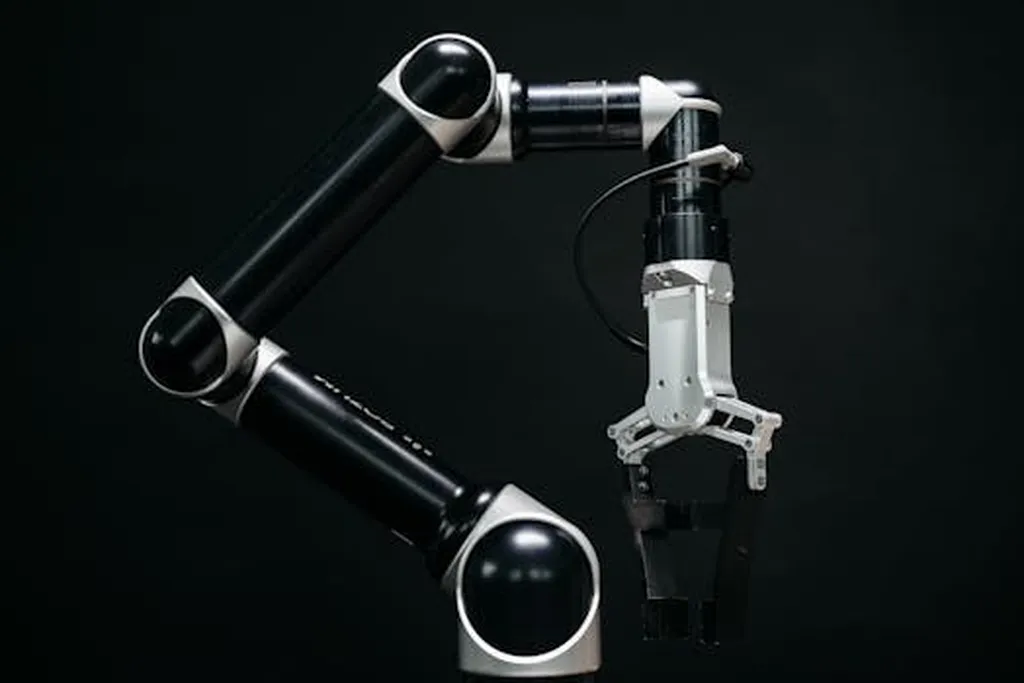In the ever-evolving landscape of precision agriculture, a groundbreaking study led by Sara Tokhi Arab from the Research Center for Agricultural Robotics at the National Agriculture and Food Research Organization (NARO) in Japan is set to revolutionize cabbage farming. The research, published in the journal ‘Sensors’ (translated from the original title ‘传感器’), introduces an innovative approach to non-destructive yield estimation using Unmanned Aerial Vehicles (UAVs) and machine learning, promising significant commercial impacts for the agricultural sector.
Traditional methods of yield estimation are labor-intensive and time-consuming, often involving manual measurements and destructive sampling. However, the integration of UAV-derived diameter estimations and machine learning models offers a more efficient and accurate alternative. “This approach not only assesses spatial variability across the field but also supports effective resource allocation and variable application rates of fertilizer, ultimately enhancing supply chain management,” explains Tokhi Arab.
The study employed high spatial resolution RGB images acquired from UAVs during the cabbage-growing season in 2024. Individual cabbage head diameters were estimated using deep learning-based pose estimation models, YOLOv8s-pose and YOLOv11s-pose. Among these, YOLOv11s-pose emerged as the best-performing model with a mean relative error (MRE) of 4.6% and a high mean average precision (mAP) of 98.5% at 0.5, verifying its accuracy for pragmatic agricultural use.
The approximated diameter was then combined with climatic variables such as temperature and rainfall, along with canopy reflectance indices extracted from multispectral images. These indices included the normalized difference vegetation index (NDVI), normalized difference red edge index (NDRE), and green chlorophyll index (CIg). The data were fed into various machine learning models to develop individual cabbage head fresh weight predictions.
Among the models tested, CatBoost achieved the lowest Mean Squared Error (MSE = 0.025 kg/cabbage) and the highest R² (0.89), outperforming other models based on the Diebold–Mariano statistical test (p < 0.05). This finding suggests that an integrated AI-powered framework enhances non-invasive and precise yield estimation in cabbage farming.The implications of this research are far-reaching. By providing farmers with accurate and timely yield predictions, this technology can optimize resource allocation, reduce labor costs, and improve overall farm management. "This integrated approach not only benefits individual farmers but also has the potential to transform the agricultural industry as a whole," says Tokhi Arab.As the agricultural sector continues to embrace technological advancements, the integration of UAVs and machine learning models is poised to play a pivotal role in shaping the future of farming. This research, published in 'Sensors', sets a new standard for precision agriculture, offering a glimpse into the potential of AI-powered solutions in enhancing agricultural productivity and sustainability.The study's findings are a testament to the power of innovation in agriculture. By leveraging cutting-edge technology, farmers can achieve greater efficiency, accuracy, and profitability, ultimately contributing to a more sustainable and resilient food system. As the agricultural industry continues to evolve, the integration of UAVs and machine learning models will undoubtedly play a crucial role in driving progress and innovation.

